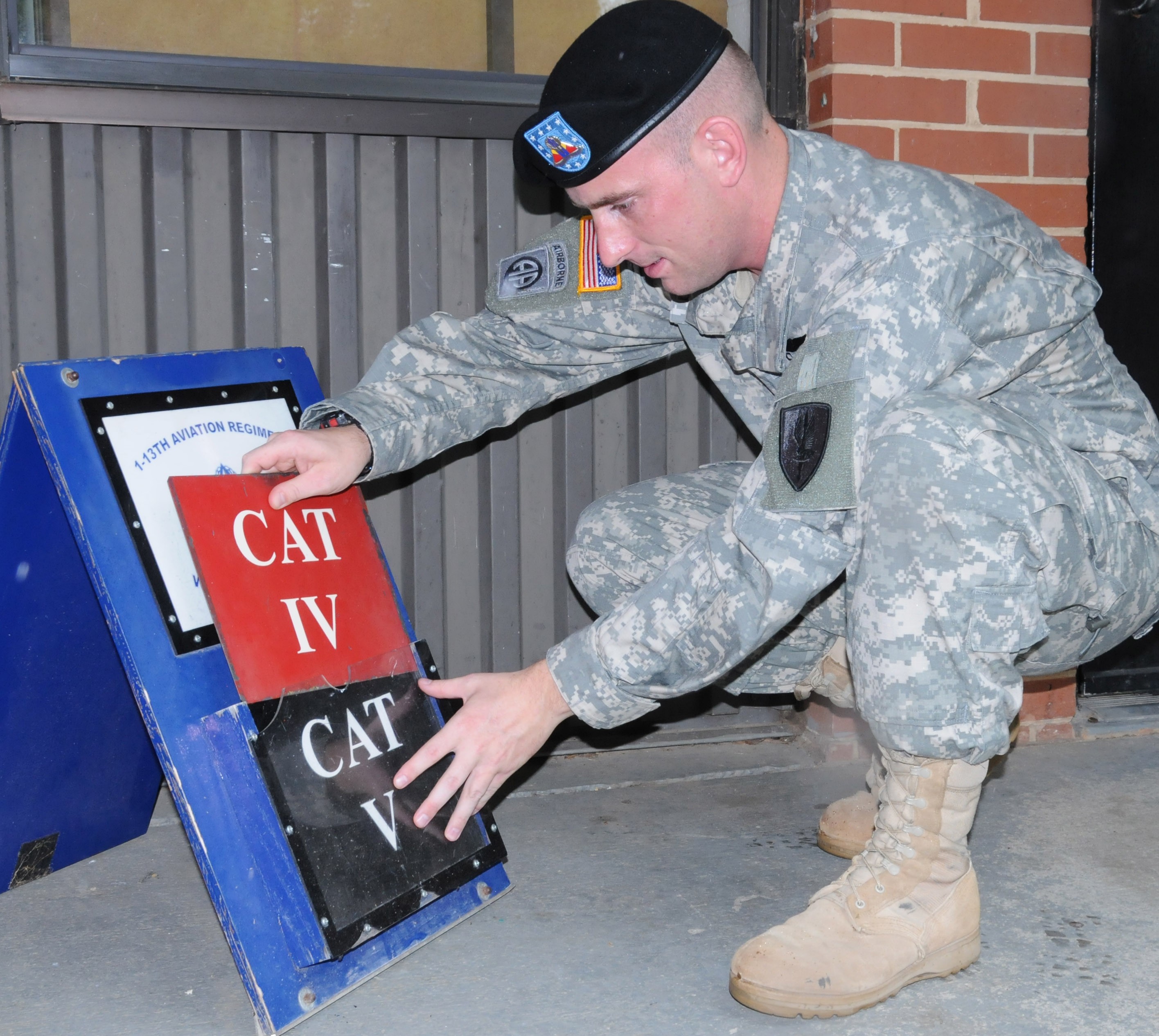
FORT RUCKER, Ala. -- August is one of Alabama\'s hottest months, but work and physical fitness training schedules don't always slow down enough to allow people to avoid the heat.
Staying safe in extreme temperatures and preventing heat injuries is important in ensuring a safe summer, said post and government officials. Heat-related illnesses occur when people's bodies are unable to compensate for the heat and cool themselves, said Capt. Thuya Aung, Lyster Army Health Clinic Environmental Health chief.
Certain conditions make people more prone to heat injuries, he said. These characteristics include individuals who are unaccustomed to hot climates, obese, on drugs or certain medications, have fevers, wear tight clothing, have been drinking alcohol, have a history of heat injuries and are over age 40.
There are several heat injury categories, each with its own symptoms and treatment methods, Aung said. The categories include heat cramps, heat exhaustion and heat stroke. Heat cramps, the least severe and most common condition, are due to an excessive loss of salt.
They cause painful muscle cramps in the arms, legs and stomach, he said. Victims should be moved to cool, shady places, and given plenty of water to rehydrate. Professional medical treatment is usually not required unless symptoms persist.
Heat exhaustion is due to loss of salt and water, and is characterized by profuse sweating, headaches, paleness, difficulty breathing, loss of appetite, nausea and vomiting. Those suffering from these symptoms should lie flat in cool, shady areas, elevate feet, loosen their clothing and be cooled with water or fans, Aung said.
Medical attention is necessary. Heat stroke happens when the body's heat regulatory mechanisms stop functioning. This condition is a medical emergency and potentially fatal, said Aung. Symptoms include headaches, dizziness, delirium, weakness, nausea, vomiting, body temperature of 106 degrees Fahrenheit or above and lack of sweating. Coma and convulsions may occur. Heat stroke victims' bodies should be cooled with ice sheets or cool water and they should not be given any water to drink. Victims should be rushed to a hospital.
Individuals can reduce their chances of experiencing heat injuries by staying out of the sun when possible, wearing sunscreen and drinking plenty of water, Aung said.
LAHC officials update heat index information three times daily through an automated phone system, he noted. People can check current conditions by calling 255-7728.
Soldiers are educated on training and exercising safely in the heat, as well as taking measures to prevent heat injuries. Advanced individual training leaders conduct risk assessments before any outdoors activity, taking weather, heat and humidity into consideration, said Sgt. 1st Class Tangela Hodge, AIT platoon sergeant with A Company, 1st Battalion, 13th Aviation Regiment.
She formulates hourly heat severity by measuring different weather aspects to determine appropriate heat categories. Categories range from one to five, with five being the worst. The work-to-rest time ratio is determined by the heat category and dictates how instructors conduct training each day.
Leaders alert Soldiers of the current heat categories and training plans through a sign and colored flags posted near AIT barracks and offices.
During recent hot weather, black signs and flags - indicating category five heat - have been most frequently seen.
Soldiers are provided water throughout exercising and training, and are required to take frequent breaks to drink it, said Staff Sgt. Khristin Lee, A Co. assistant platoon sergeant.
All platoon sergeants are combat lifesaver qualified, Hodge said, and they take other precautions to ensure Soldiers don't fall victim to heat injuries. Platoon sergeants must provide natural or man-made shade at every training site.
During higher heat categories, leaders keep ice sheets in coolers on location to cover overheated Soldiers. On especially hot days, they allow Soldiers to un-tuck uniforms, remove blouses and wear patrol caps instead of berets to keep cooler.
AIT students don't usually suffer severe injuries like heat stroke because of leaders' preventive measures, but some do encounter heat cramps, Hodge said. These students are immediately removed from training activities and allowed to recover.
AIT Soldiers are required to have battle buddies - fellow Soldiers with them most of the time to keep them accountable, Hodge said. A team effort is required to keep everyone healthy.
"Heat injuries can be serious," Hodge said. "We let Soldiers know the risk. We teach them how to recognize symptoms in themselves and their buddies. Safety is everyone's responsibility."
Sometimes Soldiers are hesitant to speak up when experiencing early heat injury symptoms, Lee said. Instead, people should be proactive and alert instructors if they or their friends are feeling sick.
"If (Soldiers) notice something, (they are) not going to get in trouble. Speak up," Hodge said.

Social Sharing